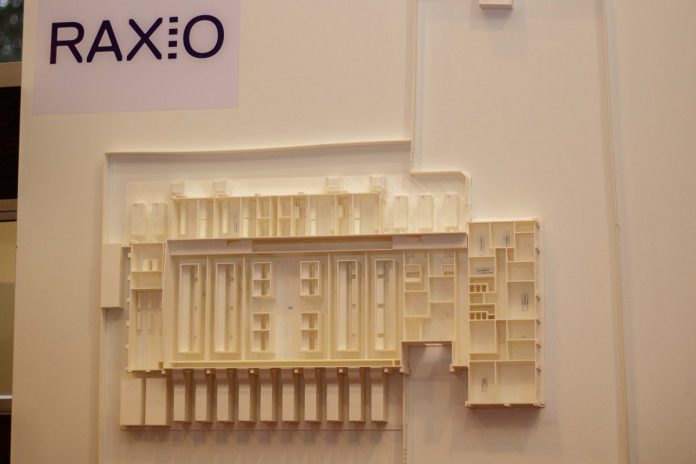Raxio Data Centre challenged the Ugandan Media industry to keep up to date with the latest technology when it comes to data storage and disaster recovery.
Speaking at a breakfast hosted by Raxio Data Centre, the General Manager James Byaruhanga highlighted the need for the industry to stay abreast with the times as media houses are currently producing a lot of content that is not being adequately stored:
“Over the last couple of years, we have seen an increase in content production to meet consumer needs and demands as well as remain relevant in the market in this digital era; however many media houses do not have the proper means to store this data which is a risk to their business operations” he said.
According to James, the Uganda Communications Commission (UCC) regulations demand media houses to store content that they produce for an extended period of five years before being disposed of, hence the need to have a sufficient and efficient data storage system:
“Media houses need a new way of data storage, data archiving and data processing different from the traditional way. By doing this, the data they store can therefore be easily scalable and be readily accessible across the media chain which betters their operations” he advised.
These sentiments were echoed by executives from leading media houses who shared their concerns about the state of data storage in the Ugandan media industry. The breakfast was attended by representatives from television, print, radio and digital media.
The first data center in the country, where every telecom provider can provide infrastructure for your services. Also, the first one where any cloud provider can put their cloud platform and provide services to customers
James Byaruhanga
Raxio Data Centre: When it opens in December 2019, Raxio Data Centre will be the first of its kind in Uganda, operating as a carrier-neutral facility, and meeting the international Tier III standard. Upon final phase completion, it will able to house around 400 racks and be able to provide 1.5MW of IT power to ensure the equipment housed within it operates optimally, 24/7, in a fully safe, secure and redundant environment.


